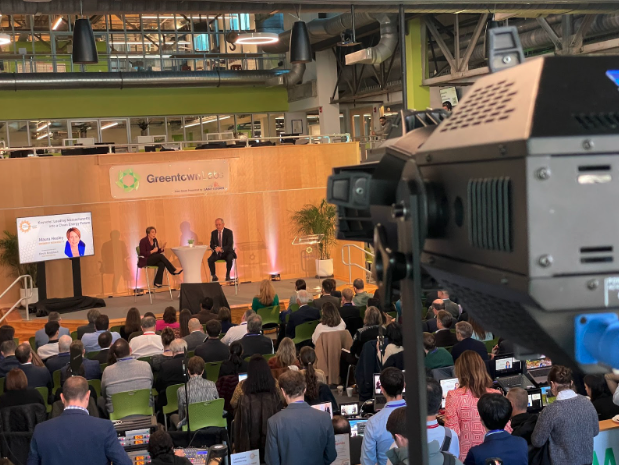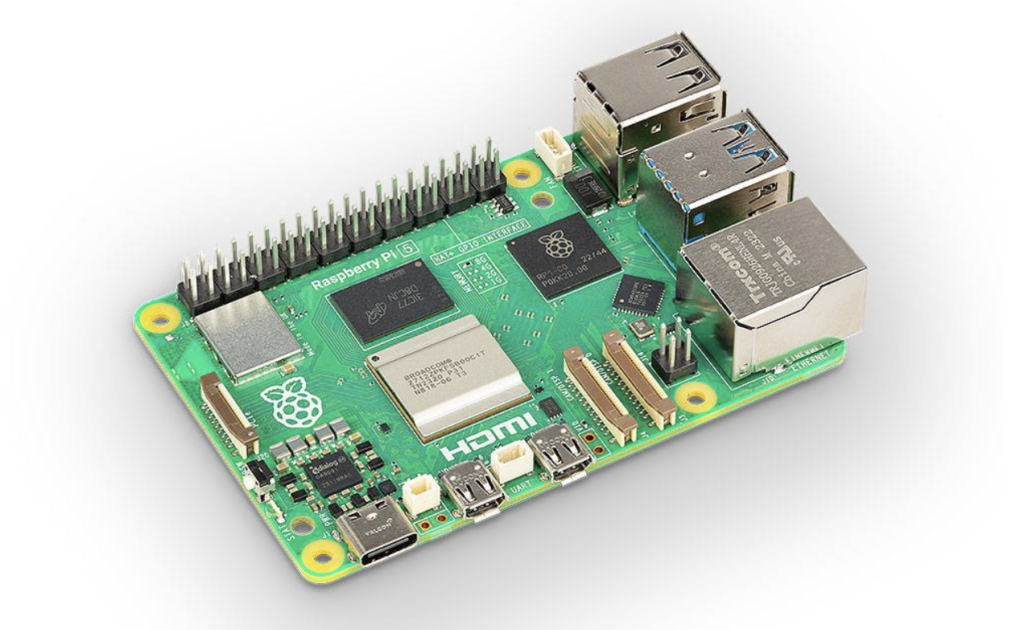
It has been about a decade since smart home and IoT products have exploded into the marketplace, and depending on who you listen to, between 10 and 50 billion connected devices will be in service at the close of 2020.
Integrated Designs
When IoT devices were first conceived, they were “add-on” products. The Nike+ was one of the first connected fitness trackers and it clipped to your sneaker. It was clearly an accesory. As connected technology and the need for it has evolved, we are starting to see products that are designed holistically with IoT embedded in them. Products like Digitsole, an IoT enabled shoe insert are capable of advanced fitness monitoring and you would never know the difference between a sneaker fitted with one and one without. Sensors and actuators will continue to shrink in size and will be easier to be embedded in more different types of devices including irregular products like clothing.
Wellness
The Fitbit may have been the first superstar of IoT wellness, but it merely opened the floodgates. Humans have always had enthusiasm for fitness and well-being and connected devices provide hard data to help us make meaningful changes. There are already devices that can help you improve posture, track your fertility, or monitor your workouts.
However, there are still opportunities in the market. Sleep tech is an emerging trend, and products like the Somnox sleep pacing pillow and the Kryo heating and cooling mattress topper are just two connected sleep devices that have only just scratched the surface of the capability of IoT to help us rest and recover. There is also an emerging promise that IoT devices can help persons living with disabilities. The emergence of voice control and advanced laser vision technology opens the door to bring sense and control back to people with disability.
Industrial Applications
IoT has been dubbed the 4th Industrial Revolution, and for good reason. Data from manufacturing and other industries is helping to optimize the time and energy it takes to make, transport, and warehouse goods. While devices in this category do not get the hype that the latest smart home gadgets receive, they can be far more impactful to the global community.
Smart agriculture devices monitor food crops and can tell farmers when to water fields, and which areas are having pest issues so they can dose out pesticides efficiently. Sensored assembly lines allow manufacturers to assemble faster and with fewer mistakes. Inventory trackers are monitoring shipments and making sure that condition sensitive deliveries are not exposed to adverse conditions. The possibilities are endless and there is a huge need for custom hardware and IoT implementations to take advantage of connected technology for industry.
Machine Learning
Collecting masses of data is futile if it is not analyzed. Machine learning leverages the massive computing power of the cloud to find trends in IoT data and help create algorithms that are fed back to our devices to make them smarter. For example, the Nest thermostat collects data which is then analyzed to find trends and adapt its heating and cooling cycles to match your habits. Machine learning software and techniques are becoming more mature and easier to deploy and will continue to be an integral part of IoT products in the future.
An interesting side effect of the boom in machine learning is a newly emerging trend towards the commodification of hardware. Some companies are choosing to spend less development time and dollars developing custom circuitry and instead are using off-the-shelf hardware. This allows them to devote more resources to develop learning algorithms for their devices to make them smarter and more useful.
Edge Computing
Edge computing is leveraging the processing power on the device to perform calculations instead of sending it to the cloud to be analyzed. The need for fast processing speed is one driver of edge computing technology, and an obvious application is driverless/ driver-assisted vehicles. In this environment, vehicles are collecting lots of data and moving at a rapid rate of ground speed. The need to make split-second decisions to modulate their controls means they simply do not have time for data to be pushed to and from the cloud before taking action, like applying brake pressure to avoid a collision.
The emergence of long-range wireless networks like LoRaWAN is also driving the need for edge computing. LoRaWAN offers a transmission range of miles, but can only transmit small packets of data. In these types of devices, it makes more sense to process data and make decisions on the device and then only transmit the result of the data to the cloud. Fortunately, processing power continues to drop in cost, allowing very capable edge computing to be deployed economically.
It was Arnold Schwarzenegger’s character in Terminator 2 that originally predicted that smart devices would take over the world. Albeit, the Terminator was a tad optimistic on the day when computers would take over, as Skynet was supposed to fully autonomous on August 29th 1997. Smart devices are definitely penetrating our lives, but fortunately, they are being deployed to help us live better lives and fortunately there is plenty of room for inventors to advance the technology.
Work With Us
Want to learn more about how we’d prepare your product for launch? Request a quote today.
Want To See This Advice In Action?
Check out our case studies and learn more about how we’ve achieved stellar results for our clients.



